Boat Vs Ship
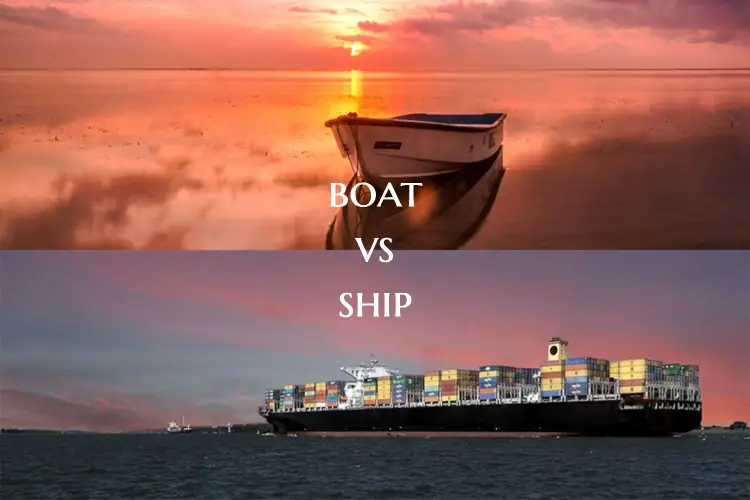
Boat vs Ship. What’s the difference between a boat and a ship? After all, both – boat or ship can be used to ferry people and cargo. If this question has also bugged you, this article will try to make the difference clear to you.
Archaeological excavations have led to the discovery of log boats that were built some 7000-9000 years ago. Near Kuwait, a 7000-year-old boat constructed from reeds and tar was found. Ancient Egyptians knew how to use planks of wood to make a ship hull as since early as 3000 BC. They were able to use reeds and grass to keep the planks together. In his books the Greek geographer Agatharchides wrote of ship faring being popular among early Egyptians.
With the onset of the Renaissance navigational technologies improved. The carrack was further developed towards the end of the 14th century. Now it started having towers on the bow and stern.
In the 15th century, the caravel was introduced which could sail closer to the wind and became very popular. In the 16th century, galleons started using freeboard and free ports. The English made some modifications in their vessels to maximize firepower. This came in very handy in their victory against Armada in 1588.
The ship of the line became the most prominent naval ship of the Europeans. At 56m it had seventy-four guns and was capable of carrying a crew of 800 sailors and soldiers. In the 19th century, the
Clippers became popular for its speed but were soon replaced by steamships that started using the Suez and Panama canals as commercial routes.
Since then the functionality and construction of boats and ships have undergone many changes where the lines differentiating them have become more and more blurred.
Definition
First, let’s know what is a boat and a ship.
Boat
A boat usually means a small vessel for travel on water. A boat is a watercraft of modest size which is meant to provide passage across water bodies. These water bodies are usually inland such as lakes and rivers.
Ship
A ship simply means a large seagoing vessel. A ship is a large watercraft that had at least three square-rigged masts and a full bowsprit. Ships may also be used on lakes, seas, and rivers. They are utilized for many activities, war, transport of people & goods, fishing, leisure, and rescue missions.
Boat Vs Ship
1. Size
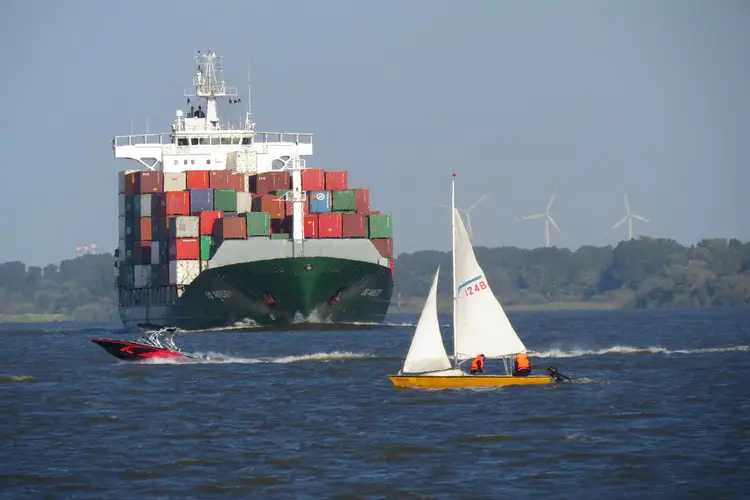
You may have heard of the phrase ‘a ship can carry a boat, but a boat can’t carry a ship’. But that is probably the vaguest answer that you can give to someone asking you about the difference between a boat and a ship.
Though a popular belief and a general rule of thumb say that the bigger ones are ships and the smaller ones are boats, big and small are relative terms. Some yachts, ferries, police boats, and fishing boats are capable of carrying smaller boats like lifeboats and dinghies.
This doesn’t necessarily qualify them to be called ships. At the same time, a large container ship can be carried on an even bigger ship. However, that doesn’t take away the status of the ship from the vessel that is being carried.
Hence the method of differentiating two types of vessels solely based on their size doesn’t seem to be the most logical approach.
2. Propulsion
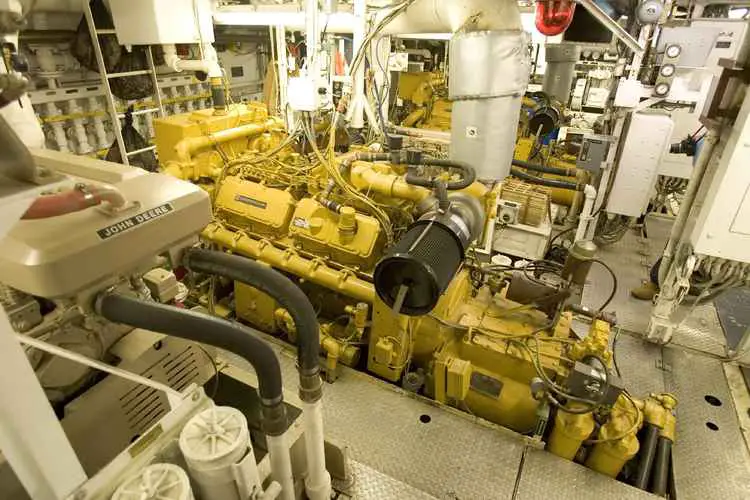
The ‘three-plus square-rigged masts’ rule is in accordance with the size of the vessel to a certain extent. This is because a boat that is usually considered to be small cannot use more than three large masts. Even if it does use, it cannot benefit from it because of its size. This is because the sheer weight would slow down the ship. Such complexity would also result in inefficiency.
On the other hand, ships that are considerably bigger than boats can benefit from more sails as their total weight would be only a fraction of that of the ship.
Moreover, the ships can accommodate more crew members that would help to maintain the complex system of rigged masts.
Some boats can be propelled merely by human force through the use of oars.
A ship, on the other hand, can never be propelled by human force. It needs a dedicated engine(s) to move.
It is interesting to note that the U.S. Navy’s official naming scheme for submarines sees the use of the initials USS standing for United States Ship, irrespective of the size. Seamen are said to refer to submarines as ships regardless of the size.
3. Use
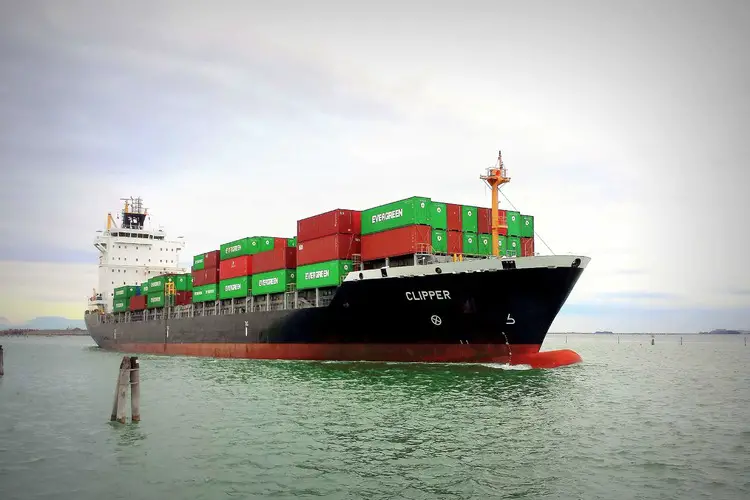
This is probably a safer way of differentiating a ship from a boat as ships are generally used for navigating on the oceans and high seas.
A ship’s chief use seems to be the transportation of goods (cargo) through larger distances across the ocean.
People don’t usually take a ship to travel from one place to another, not when they have access to faster modes of traveling like airplanes.
Ships, on the other hand, are capable of carrying huge loads and the cost of operation is comparatively lower than airplanes.
However, they take way longer to reach a place when compared to planes.
Boats, on the other hand, are used mostly on restricted water areas (coastal and inland) like lakes and rivers. However, some boats are made such that they are operable on the seas as well. A boat can be used for a variety of things that ships are not.
Boats are mostly used for recreational purposes. These are used for all kinds of water sports. They are also used for fishing and for ferrying people and goods over short distances. Ships are mostly used for transportation (Exceptions being – Yachts & Cruise ships).
Ships are designed keeping in mind that they need to be used in deep waters and have to be operable for longer periods of time. Compared to ships they lack the fuel and cargo capacity to independently operate for a long span of time.
4. Nature of Crew and Crew Capacity
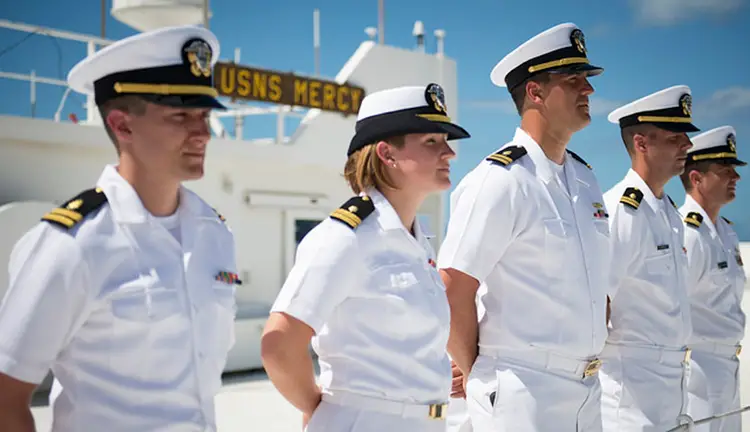
One of the main points differentiating a boat from a ship is the nature of the crew. If a vessel has a permanent crew with a commanding officer, then you are looking at a ship.
But on the other hand, if the vessel has no permanent crew and people are hired only at the time of operation, it is safe to assume that it is a boat you are dealing with.
Ships have complex systems in place for navigation with a dedicated crew to run, handle, and maintain all aspects of such equipment. This necessitated by the fact that ships have to travel across oceans and seas, under difficult weather conditions for which they need high-tech assistance.
Boats are mostly much simpler watercrafts. They are mostly used for recreational or fishing purposes for which they don’t need very complicated and specialized instruments for navigation.
6. Areas of Operation
Ships as we know by now travel great distances across the seas and other water bodies with great depth. Ships carry cargo such as goods, oil, and LNG from one end of the globe to another over high seas.
Boats operate over a smaller span of an area like rivers, lakes, or coastal areas. There are different kinds of boats for different functions.
8. Cargo and Passenger capacity
One of the biggest differentiators is that ships can carry a large amount of cargo or passengers. Like a cruise ship can easily carry a couple of thousand passengers.
Boats in contrast carry low load and passengers. A ferry boat can carry hundreds of people but most of the boats dont.
Conclusion
Here is a quick and easy way to differentiate between a ship and a boat. If the vessel’s captain gets offended by you calling it a ‘boat’ then probably, by all means, it is a ship, and if you don’t want to be in the captain’s black book, you might as well believe it from your heart and start calling it a ship too.
If the captain doesn’t seem to mind you calling it a ‘boat’, then it is definitely a boat.

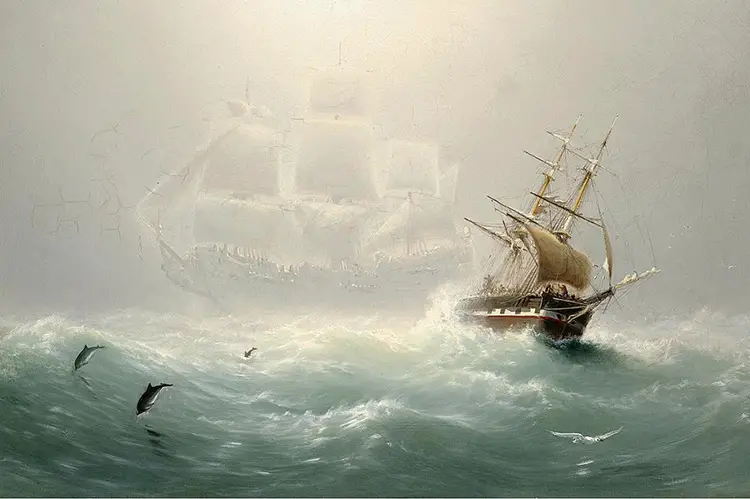

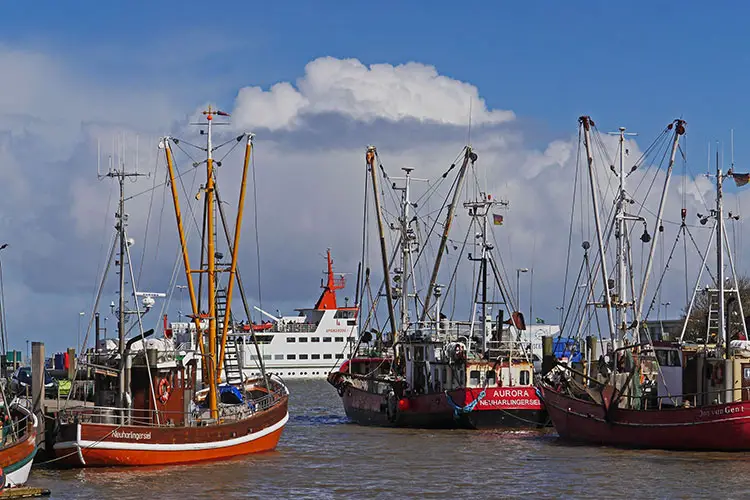
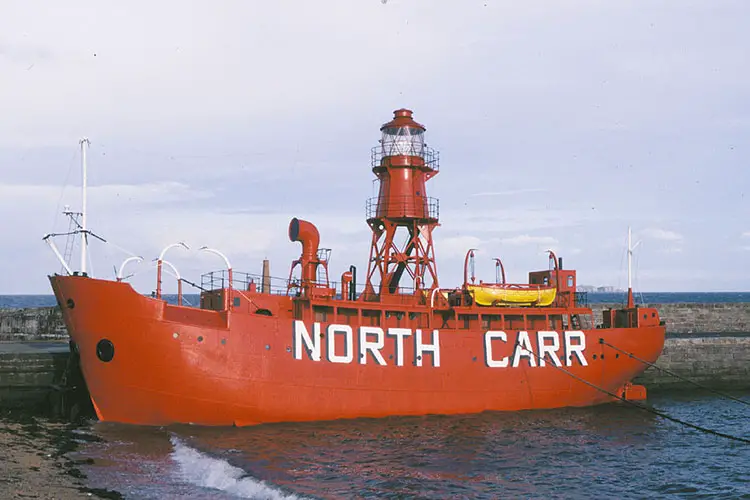
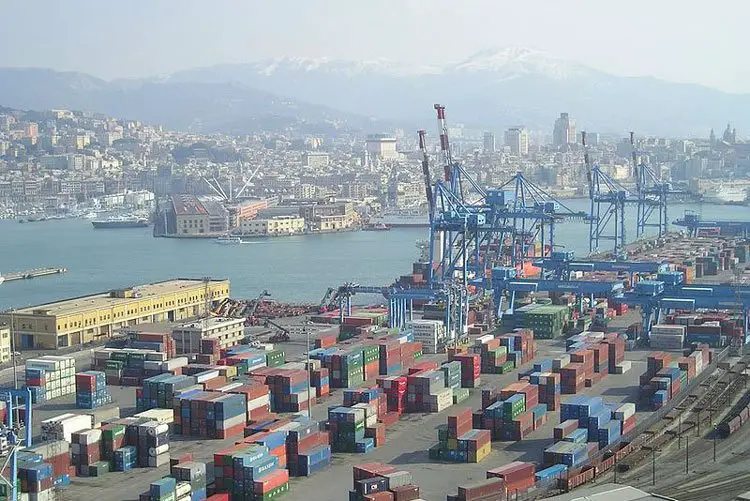
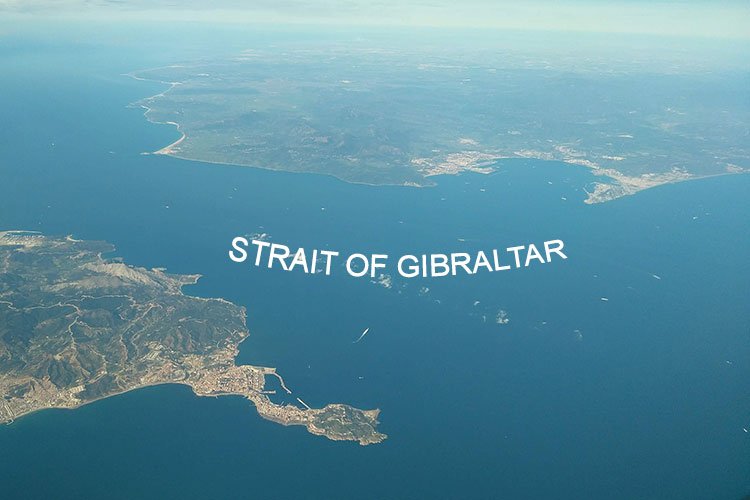

And yet, any US submarine officer or crew member will tell you that their commissioned vessel is a “boat” and not a “ship”. Even though some carry smaller manned subs.
In this case, it is purely a matter of US Navy convention, and not a technical definition. Submarines were originally carried by ships, not independent, and where thus “ship’s boats”. But even though that period only lasted about 30 years, the custom stuck.
The USBN Ohio is a boat, not a ship.
Good explanation. I always believed that boats are small and ships are big. That’s the only difference man!
Nice…
You explained very well the difference between a ship and a boat.
You covered all aspects to differentiate it.